Taiaroa History

Beez Neez now Chy Whella
Big Bear and Pepe Millard
Wed 30 Jul 2014 22:47
|
Taiaroa Head
History 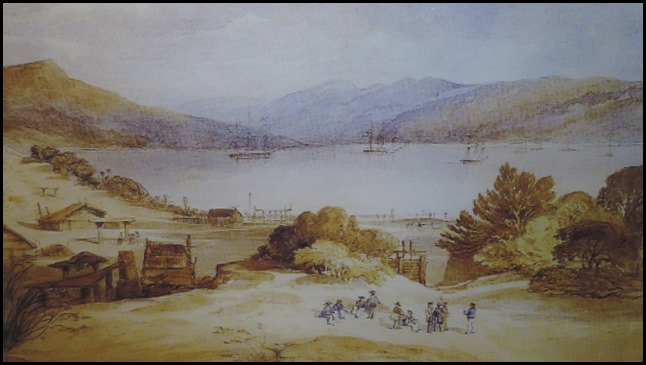 The Māori settlement at
Otakou in 1840, depicted in an early watercolour by Le
Breton.
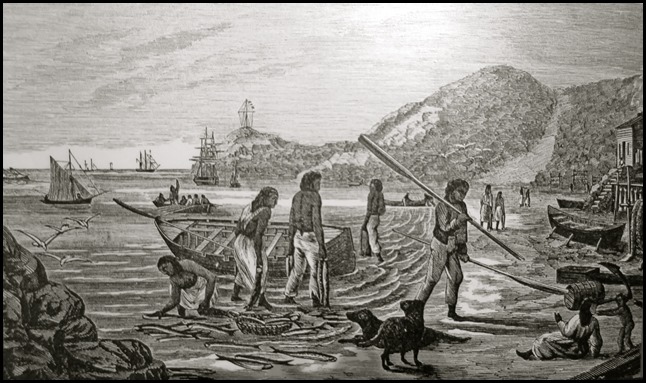 Pukekura – Taiaroa Head, was originally
a defensive Pa site for Moari. From
Illustrated New Zealander 1867.
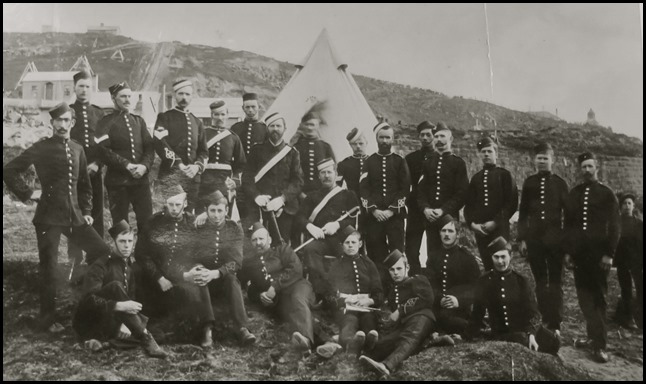 L Battery,
formed on the 14th of June 1879 from Port Chalmers Artillery
Volunteers.
In 1870 New Zealand became responsible for
its own coastal defence. In 1872, the Russians had begun
to build their first naval base at Vladivostok for a Pacific Ocean Navy, and it
sent a wave of alarm around Britain’s colonial territories. In 1880, at
New Zealand’s request, Colonel Scratchley, a British defence engineer, proposed
fixed defences at the four major ports. Little was achieved until Governor
Jervois spoke in their favour in 1884. The Government, prodded by mounting
public pressure, sent Major H. Cautley to inspect existing defences. As a result
coastal defences were constructed during the next five years.
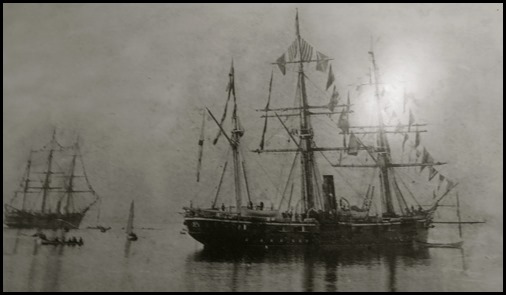 The Vestnik
watched by the Japanese training ship
Tsukuba.
British and Russian expansion caused many
of the war scares of the nineteenth century. Russian war and merchant ships paid
numerous visits to the South Pacific. In 1885 Britain and Russia faced each
other in Afghanistan focusing attention on defence issues. Prominent Dunedin
citizens alarmed at “Our defenceless state”, appealed to senior politicians to
provide adequate defences. The Russian warship Vestnik called at
Wellington Harbour on the 24th of May 1886. It was armed with three six-inch
guns, four eight pounders, seven Hotchkiss guns and a torpedo boat. This one
ship had more firepower than the entire colony’s coastal defences at that time.
Its armament was vastly superior to New Zealand’s coastal muzzle loading
guns.
A further consequence of the “Russian
Scares” was the ordering of spar torpedo boats for each of New Zealand’s four
main ports. Their basic weapon was armed with an explosive device at the tip and
projected well forward over the bow. The intention was for the boat to proceed
at high speed toward the side of an intruding warship. They were unable to
operate in rough seas and an attack was invariably hazardous – as much for the
crew as the target.
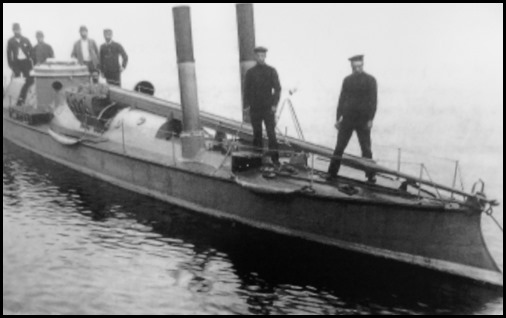 One spar torpedo
boat was based in Otago Harbour crewed by the Port Chalmers Torpedo
Corps.
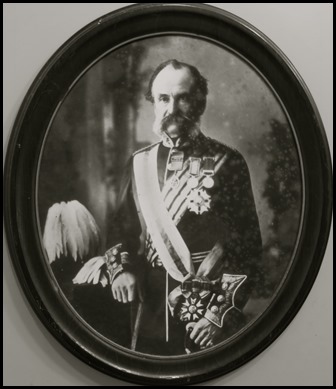 Lt.-Gen. Sir William
Jervis, 1821-1897, military engineer, was responsible for the greater
part of the coastal defences of Britain and her colonies between 1862 and 1874.
In 1877 he was appointed defence advisor to Australasia and in 1882, twelfth
Governor of New Zealand. He urged the development of coastal defence in writing
and lectures and witnessed the installation of the first coastal defences before
he left in 1889.
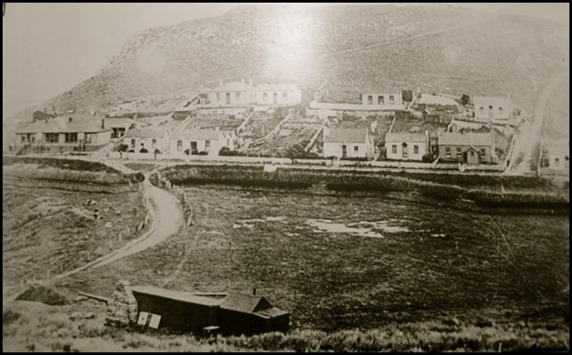 The Headland in May
1889. The buildings - Back row from left: Prison Officer, Boatman, Post
Office and Richdale residence. Front row from left: Prison Barracks, Boatman,
Signal Master, Boatman, Teacher’s House, School and Pilot. On the very top of
the hill toward the right is the Harbour Signal Station. Down at the bottom is
the Stationary Engine Shed – notice the six inch Disappearing Gun protruding
from the left hand side, this was at the head of the tramline from the Pilots
Beach jetty. All supplies came from Port Chalmers by boat to this jetty, and
were pilled up the tramline. This was a busy time with signalmen, lighthouse
keepers, and the main harbour crew all servicing the needs of the many ships
using Otago Harbour. Manning the five gun batteries on Taiaroa Head were twenty
two artillerymen. Twenty eight prisoners were housed in the prison barracks. The
musketry parapet was built by prison labour in 1888 with only one stonemason
directing the work. This defensive position was to provide cover for the
infantrymen to defend the headland against land attack from the
rear.
Taiaroa Head was established as a
fortress, complete with its outer wall from one side of the headland to the
other. A network of underground tunnels was put in to contain the ‘disappearing
gun’ with crew quarters and supplies. The gun was installed in 1886, and is
still in good order beneath the Albatross Colony. The army unit comprised twelve
men, trained to fire the disappearing gun and man the nearby guns at the heads.
Their quarters were along the south side. A family house for the
non-commissioned officer in charge was on the terrace above. A wooden staircase
was set into the rock beside the jail to give him access. Children went to
school along the road inside the fortress wall and the single teacher school had
ten to fifteen pupils. There were no albatross here at that
time. After we had watched the chicks in the
observation hut we followed Chris on our tour.
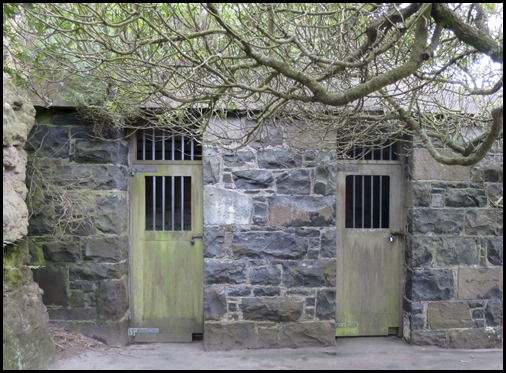 This stone jail is the only surviving part of the barracks and
prison buildings that occupied this flat area cut out of the rock in the 1880’s.
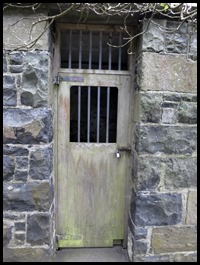 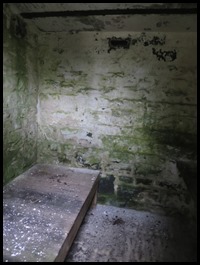 Prisoners were
housed in a long building on the western side, containing beds and dining
tables. A batch of about twenty were housed there, sent from Dunedin court, to
serve periods of hard labour around Taiaroa Head. When a prisoner proved
particularly difficult, he was punished by a spell in solitary confinement in
one of these small stone cells. The jail had no lights and even the barred
window in the doors could be tightly closed, to leave the prisoner in complete
darkness. On the left od the cell was a built-in bed, on the right was a narrow
bench that acted as a table and a stool.
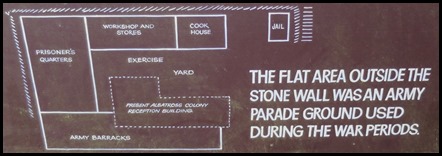 At the turn of the century this flat area
was occupied by a quadrangle of buildings, with a small, open exercise space in
the centre. During WWI and II, larger army units were based here at Taiaroa
Head, in barracks beside Pilot’s Beach and McGrouther’s Road which winds across
the hill to the south. Gun and searchlight encampments were added, but the
disappearing gun still served and was test-fired.
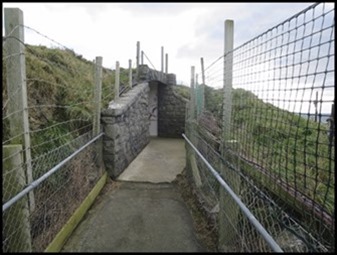 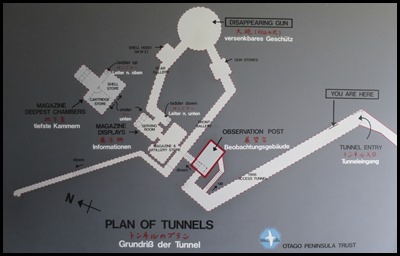 We followed Chris up a
steep path and we headed in through a door and saw the plan of the hill tunnels.
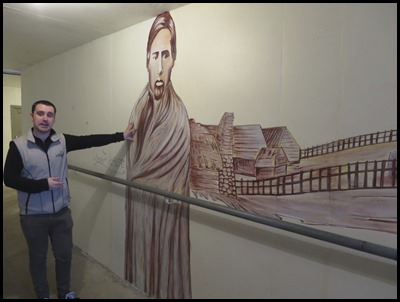 Chris told us a little about the Māori
chief Karetai.
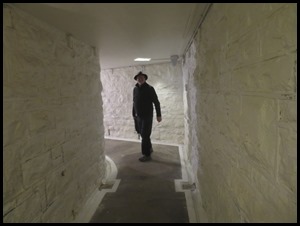 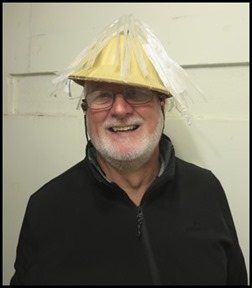 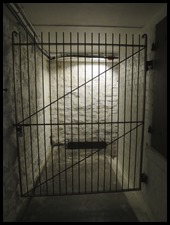 We
followed Chris through the maze of tunnels and up
various levels.
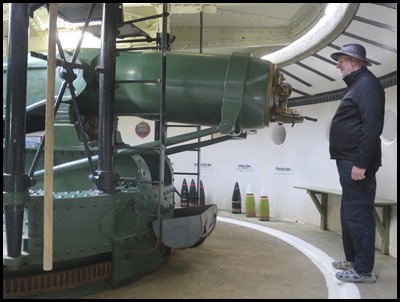 Saw
the world’s only and incredible Disappearing Gun – had to have its own blog.
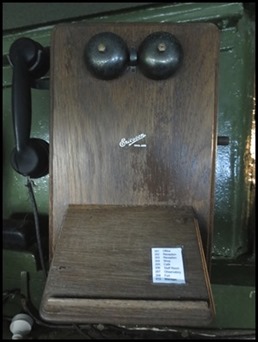 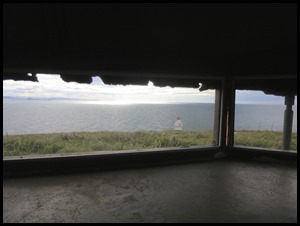 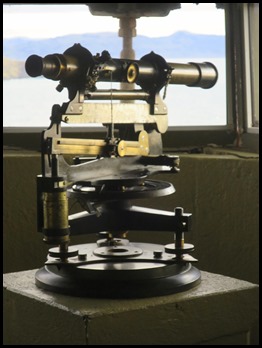 Up to the lookout. Chris said how shocked he was, when leading a
tour group, the head of a fur seal pup popped up behind the glass. All this way
up.....
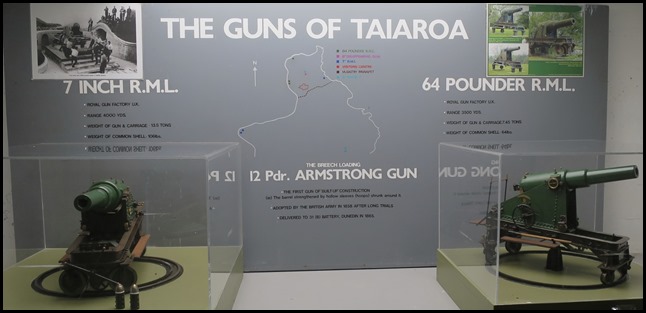 The placement of guns
on Taiaroa.
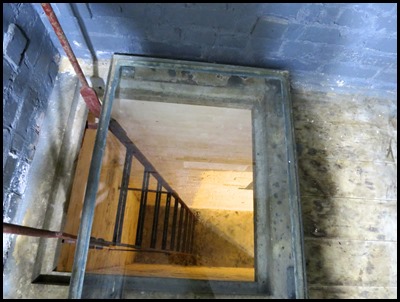 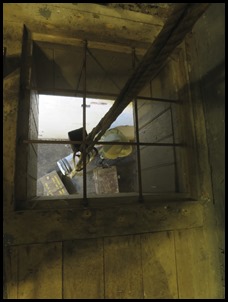 The munitions
stores.
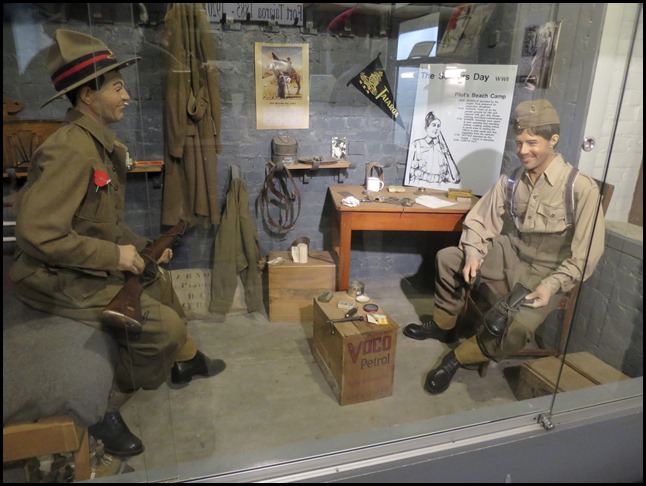 We found ourselves in a large area, a
first for us being in an underground ‘museum’. There was a
diorama of how life would be for the soldiers. A day in their life would
be as follows - 06:00 Reveille sounded by the bugler. Huts prepared for
inspection followed by breakfast. 08:30 Parade. Form up o the parade ground for
rifle and bayonet drill, gun drill, fitness training and camp maintenance. 17:00
Dinner. Evenings were spent at ease washing and mending clothes, reading,
writing letters to loved ones or visiting the YMCA to play cards and buy
cigarettes from the canteen. 21:30 Tattoo sounded by the bugler to return to
barracks. 22:00 Lights out.
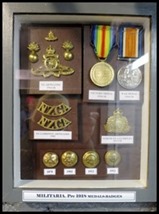 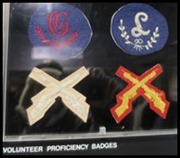 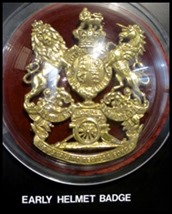 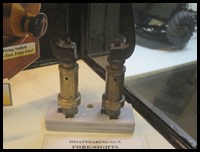 We looked at the
rest of the bits and pieces on show. Then we went back to the centre to look at the gallery of
pictures.
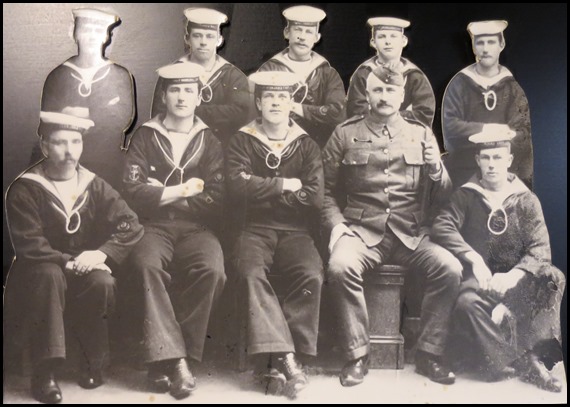 Pre-1902. Port
Chalmers Naval Artillery and Instructor: Naval volunteer corps were
responsible for maintaining torpedo boat and steam launch at Deborah Bay. Four
of the men wear a badge on their sleeve awarded for proficency in
gunnery.
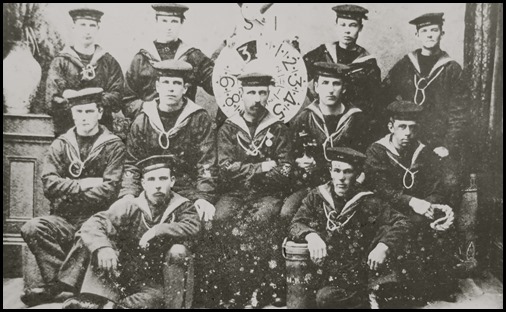 1906-1908. Port
Chalmers Navals. Champion 64-pounder gun detachment, the rangefinder is
seen in the centre.
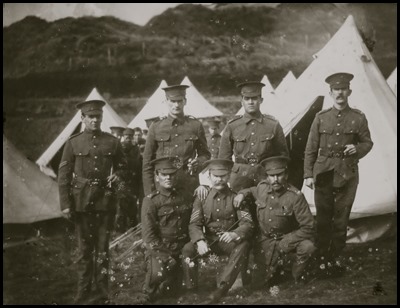 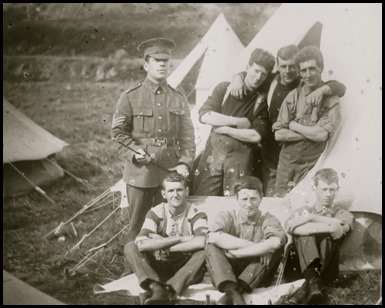 Territorials in
camp at Taiaroa circa 1910. Off duty, Syd keeps them
in order.
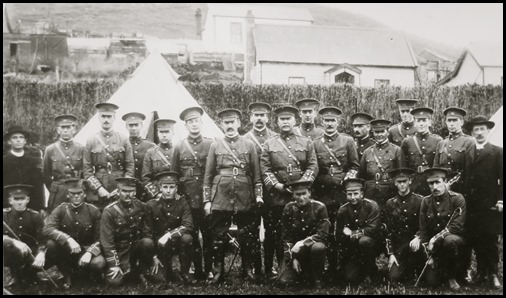 Artillery and Infantry
Officers at annual camp, circa 1914.
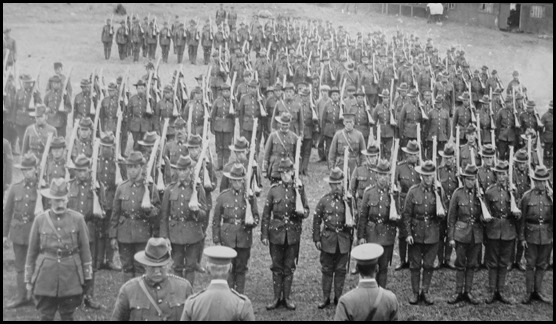 Parade at annual camp, circa 1914.
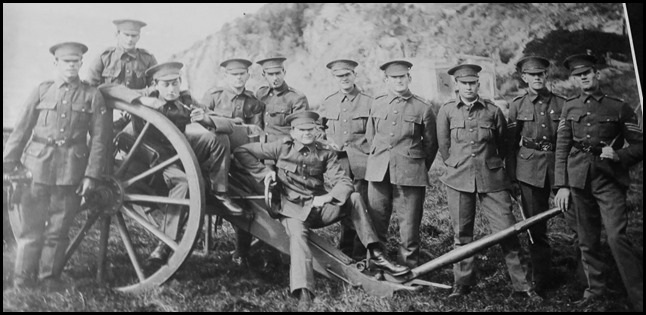 Garrison Artillery
Company Number 2, 1918.
 82nd Heavy Battery NZ
Artillery 1943. The 176 personnel in the photograph manned the coast
defences at Taiaroa Head and at adjacent Rerewahine & Harrington Point gun
emplacements housing the two 6-inch Mark 7 guns; the 6 & 12-pounder Quick
firing anti-motor-torpedo guns. Plus the searchlights and the secret Radar
Station. There are 67 Womens Auxiliary Army Corps serving mainly as vehicle
drivers and manning radar and communications.
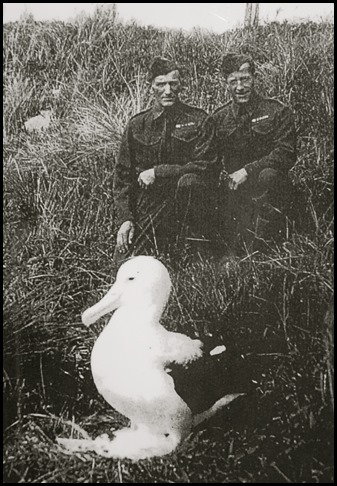 Our favourite picture has to be this one of
Privates Pat Hanning and E.H. Cordell, two Home Guards with
an albatross on the 1st of March 1942.
ALL IN ALL A FASCINATING LOOK BACK
VERY VARIED AND VERY
INTERESTING |